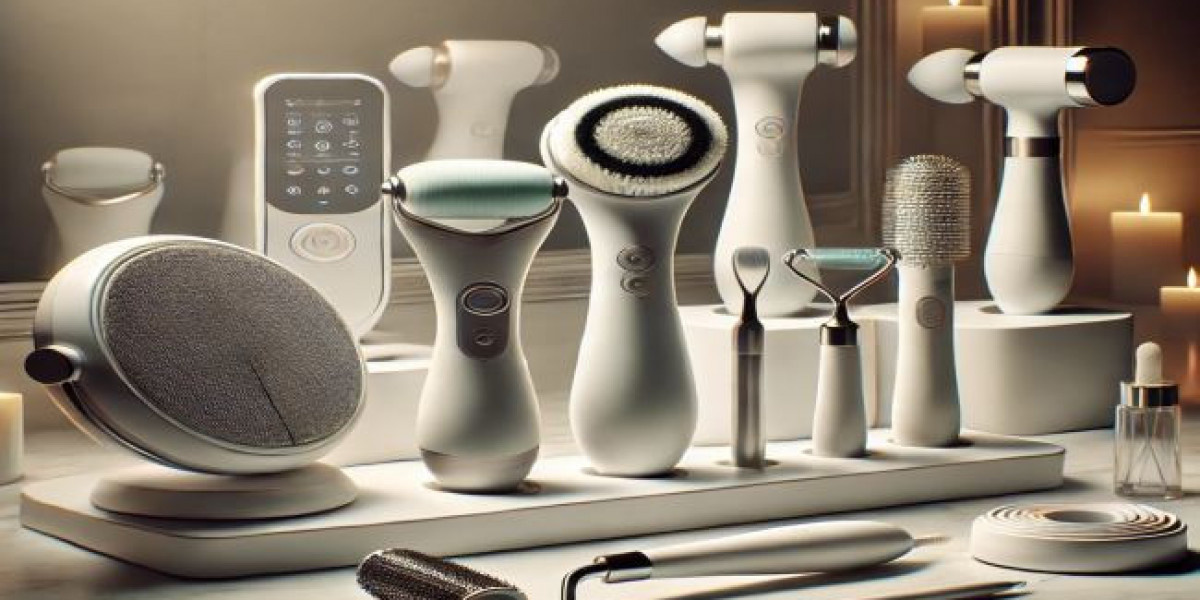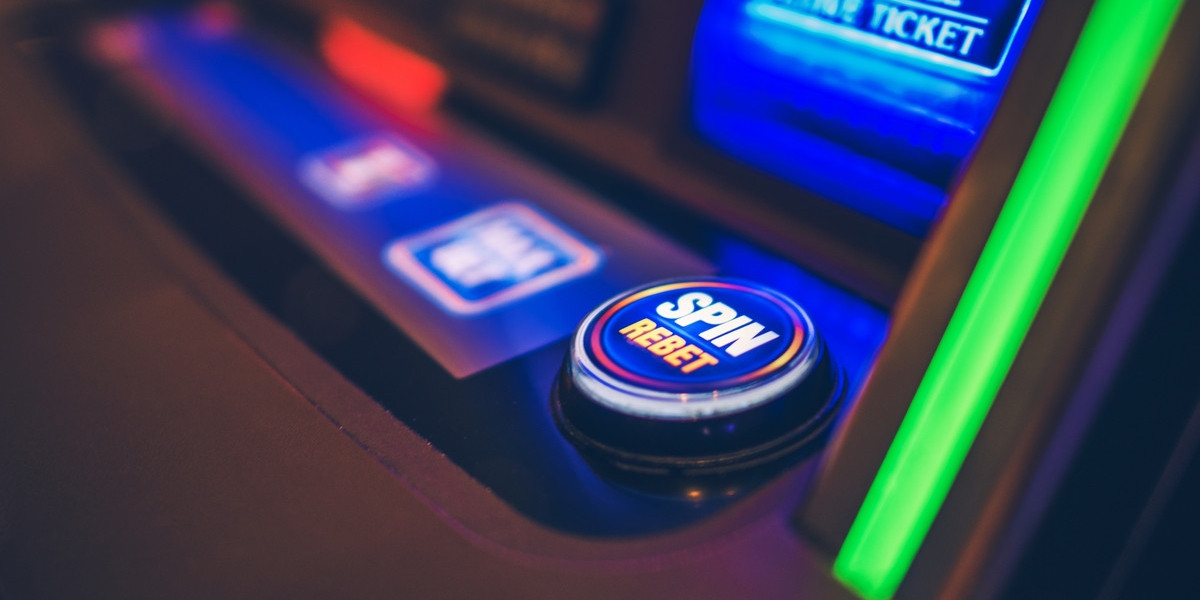Introduction
As the global demand for clean, safe drinking water continues to grow, the water dispenser market is expanding rapidly. Water dispensers have become essential appliances in homes, offices, and commercial spaces, offering convenient and hygienic solutions for hydration. However, with this growth comes an increasing focus on regulatory frameworks and environmental considerations that affect the market. In this article, we explore the regulatory landscape surrounding the water dispenser market and the environmental impact of these appliances.
Regulatory Landscape of the Water Dispenser Market
The water dispenser market operates under a variety of regulatory guidelines designed to ensure consumer safety, health, and environmental sustainability. These regulations vary from country to country, but they generally focus on water quality, appliance safety, energy efficiency, and the proper disposal of products at the end of their life cycle.
1. Water Quality and Filtration Standards
One of the primary concerns for regulatory authorities is ensuring that water dispensers provide safe, clean, and purified drinking water. In many regions, regulations govern the quality of water dispensed by these appliances, as poor water quality can lead to health risks such as waterborne diseases and contamination.
For example, the U.S. Environmental Protection Agency (EPA) sets standards for public drinking water quality, which water dispensers must adhere to in order to ensure that they meet health and safety benchmarks. Similarly, the European Union has established the Drinking Water Directive, which provides guidelines for the quality of drinking water, including specific requirements for filtration and purification technologies.
Water dispensers equipped with filtration technologies such as reverse osmosis (RO), ultraviolet (UV) purification, and activated carbon filters must be designed and tested to meet these regulatory standards to guarantee that the water dispensed is free from harmful contaminants.
In countries like India, where water quality can vary dramatically between regions, local regulations may also require water dispensers to meet specific standards for water purification. As concerns about water contamination rise globally, consumers are increasingly looking for dispensers that are certified to meet local and international standards for water safety.
2. Product Safety Regulations
Water dispensers, like all household appliances, must comply with safety standards to minimize risks to consumers. Regulatory bodies such as the U.S. Consumer Product Safety Commission (CPSC) and the European Commission’s Directorate-General for Internal Market, Industry, Entrepreneurship and SMEs enforce safety guidelines that manufacturers must follow when designing and producing water dispensers.
These regulations include provisions related to electrical safety, ensuring that water dispensers are safe to use in various environments, such as homes, offices, and commercial spaces. For example, water dispensers must have adequate protection against electric shocks, short circuits, and overheating.
Manufacturers must also ensure that their products comply with guidelines related to materials used in construction. Water dispensers should not contain harmful chemicals or materials that could leach into the water supply or pose health risks to consumers.
3. Energy Efficiency Regulations
With growing concerns about energy consumption and sustainability, energy efficiency is a key area of regulation in the water dispenser market. Many countries and regions have enacted laws to reduce the energy consumption of household appliances, and water dispensers are no exception.
The Energy Star program in the U.S., for example, sets stringent energy efficiency standards for household appliances. Water dispensers that meet these standards are labeled with the Energy Star certification, which indicates that they use less energy than standard models, helping consumers reduce their electricity bills and environmental footprint.
In the European Union, energy efficiency regulations under the EcoDesign Directive require water dispensers to meet certain energy performance standards. The directive encourages manufacturers to design products that consume less energy throughout their lifespan, from production to operation and disposal.
4. Recycling and End-of-Life Disposal Regulations
As environmental concerns continue to grow, many countries have introduced regulations governing the disposal and recycling of household appliances, including water dispensers. These regulations aim to reduce electronic waste (e-waste) and encourage the responsible recycling of components such as plastics, metals, and electronic parts.
The Waste Electrical and Electronic Equipment (WEEE) Directive in the European Union, for example, requires manufacturers to provide take-back services for old appliances and ensure that products are designed with recyclability in mind. Similarly, the Electronic Waste Recycling Act in California mandates the safe disposal and recycling of electronic devices, including water dispensers, to prevent environmental harm from improper disposal.
Manufacturers are being urged to design water dispensers with longer lifespans and to use recyclable or biodegradable materials wherever possible. Additionally, water dispensers should be designed for easy disassembly, making it easier to separate materials for recycling at the end of their life.
Environmental Impact of Water Dispensers
While water dispensers provide a convenient solution for access to clean drinking water, their environmental impact is an important consideration for manufacturers, consumers, and regulators alike. Key factors that contribute to the environmental footprint of water dispensers include energy consumption, plastic waste, water usage, and the lifecycle impact of manufacturing and disposal.
1. Energy Consumption
Water dispensers, particularly those with cooling and heating functions, consume energy to maintain the desired water temperature. The energy used to power these dispensers contributes to their overall environmental impact. However, as consumers and manufacturers become more eco-conscious, the demand for energy-efficient water dispensers has risen.
Water dispensers that are Energy Star certified or compliant with international energy efficiency standards help minimize their carbon footprint by consuming less electricity. Additionally, features such as energy-saving modes, which reduce energy use during non-peak hours, are becoming increasingly common in modern water dispensers.
2. Plastic Waste and Bottle-Less Solutions
One of the significant environmental challenges associated with traditional water dispensers is the reliance on bottled water. Single-use plastic bottles contribute to growing levels of plastic waste, which has devastating effects on ecosystems, particularly in oceans and waterways.
Bottle-less water dispensers that connect directly to the water supply help reduce the environmental impact of plastic waste. These dispensers eliminate the need for bottled water, reducing the consumption of single-use plastic bottles and minimizing plastic waste in landfills. The rise in popularity of point-of-use (POU) water dispensers is a direct response to concerns about plastic waste and sustainability.
3. Water Usage and Conservation
Although water dispensers themselves are not typically water-intensive appliances, the amount of water used for purification and cooling can impact overall water consumption. Efficient filtration and purification technologies can help minimize water wastage, especially in areas where water scarcity is a concern.
For example, reverse osmosis (RO) water dispensers, while highly effective in purifying water, tend to waste a significant amount of water in the filtration process. Manufacturers are increasingly focused on developing more water-efficient filtration systems that reduce waste while still providing clean, safe drinking water. As consumers become more aware of water conservation issues, demand for such technologies is expected to grow.
4. Sustainable Manufacturing Practices
The environmental impact of water dispensers extends beyond their operational phase to include the manufacturing process. The extraction of raw materials, energy consumption during production, and the transportation of products all contribute to their carbon footprint. As sustainability becomes a key focus for consumers, manufacturers are adopting eco-friendly practices to reduce the environmental impact of their products.
Some companies are utilizing recycled materials in the construction of their water dispensers, while others are shifting to renewable energy sources for production. Additionally, efforts are being made to reduce the amount of packaging used in shipping water dispensers, further reducing waste.
Conclusion
The water dispenser market is growing rapidly as consumer demand for clean, purified drinking water rises. However, the market must navigate an increasingly complex regulatory landscape that includes water quality standards, product safety regulations, energy efficiency requirements, and end-of-life disposal rules. Additionally, as environmental concerns continue to shape consumer behavior, manufacturers are focusing on creating more sustainable and energy-efficient products.








